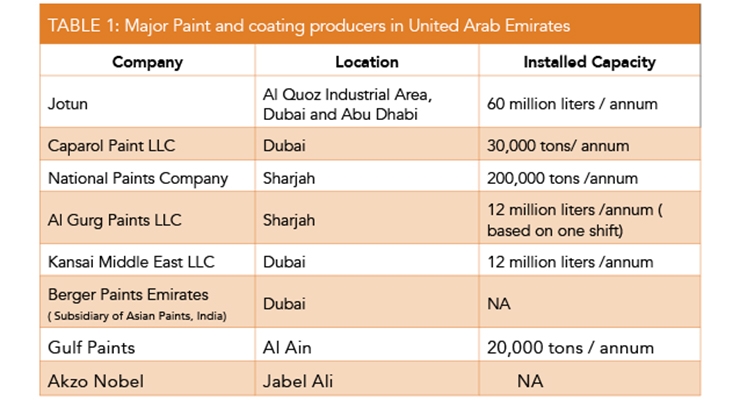The Value Of Weather Condition In Commercial Exterior Painting: What You Ought To Be Aware Of
The Value Of Weather Condition In Commercial Exterior Painting: What You Ought To Be Aware Of
Blog Article
Post Created By-Weiss Kofoed
When you're preparing an industrial outside painting project, do not underestimate the influence of weather on your outcomes. You need to take into consideration elements like temperature, humidity, and rainfall, as they can make or break your paint task. As an example, did you recognize that perfect problems ask for specific temperature level varieties and humidity degrees? Failing to keep track of these facets can cause irregular finishes and even damages to fresh paint. Comprehending these aspects is crucial to achieving a lasting, professional result. So, what details weather should you be wary of?
Temperature Considerations
When it pertains to business outside painting, temperature plays a critical function in the end result of your task. If you're painting in extreme heat, the paint can dry out too rapidly, resulting in problems like bad attachment and irregular surfaces. You wish to aim for temperatures in between 50 ° F and 85 ° F for the very best outcomes. Below 50 ° F, paint may not treat properly, while over 85 ° F, you take the chance of blistering and fracturing.
Timing your task with the appropriate temperatures is important. Start your job early in the morning or later in the mid-day when it's cooler, specifically during hot months.
Likewise, think about the surface temperature level; it can be significantly higher than the air temperature level, specifically on bright days. Make use of a surface area thermostat to check this prior to you begin.
If temperatures are unforeseeable, keep an eye on the weather prediction. Abrupt temperature level drops or heat waves can derail your strategies. You do not wish to start painting only to have the problems change mid-project.
Humidity Levels
Humidity degrees substantially influence the success of your industrial external painting job. When the humidity is too high, it can hinder paint drying and treating, resulting in a series of issues like poor adhesion and end up high quality.
If you're preparing a task throughout damp conditions, you might discover that the paint takes longer to completely dry, which can expand your job timeline and increase costs.
Conversely, reduced humidity can also present challenges. Paint might dry out too promptly, preventing appropriate application and causing an uneven surface.
You'll intend to keep track of the moisture degrees carefully to ensure you're functioning within the ideal variety, typically between 40% and 70%.
To get the very best results, take into consideration using a hygrometer to gauge humidity before beginning your task.
If you find the levels are outside the optimum range, you might need to change your schedule or choose paints made for variable problems.
Constantly seek https://interior-painter-near-me58210.ttblogs.com/12911072/conquer-the-complexities-of-discovering-a-painting-specialist-with-important-pointers-that-will-certainly-change-your-project-experience from the maker's guidelines for details suggestions on humidity resistance.
Precipitation Impact
Rain or snow can considerably disrupt your business exterior paint strategies. When https://1851franchise.com/freshcoat/pensacola-news-journal-fresh-coat-painters-of-pace-owner-promises-quick-work-done-right-on-your-home-painting-2720336 happens, it can remove fresh applied paint or create an irregular surface. Preferably, you want to choose days with dry climate to make sure the paint adheres effectively and cures properly. If you're caught in a rain shower, it's best to halt the task and wait on conditions to boost.
Furthermore, snow can be a lot more harmful. Not only does it develop a damp surface area, however it can additionally reduce temperature levels, making it tough for paint to completely dry. This can bring about concerns like peeling off or blistering down the line.
It's essential to check the weather forecast before starting your project. If rain or snow is forecasted, consider rescheduling.
Always bear in mind to allow appropriate drying out time in between coats, especially if the weather remains unforeseeable.
Conclusion
To conclude, keeping an eye on the climate is crucial for an effective industrial outside paint task. By checking temperature, humidity, and rainfall, you can make sure the very best problems for application and treating. Keep in mind to plan your job around desirable weather and always follow producer standards. With the appropriate technique, you'll achieve a lasting, beautiful finish that can stand up to the aspects. Don't allow the weather catch you off-guard-- stay educated and paint smart!
